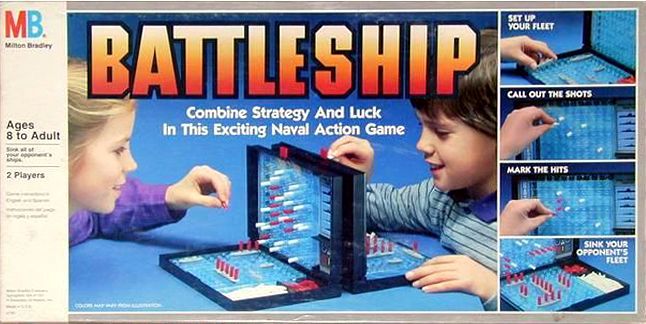There are many industries which went through a change, from consumer appliances to automobiles, since the advent of the microprocessor in the 1970s. Of course, board games weren’t the exception and they’ve soon received electronic computerized upgrades thanks to inexpensive microcontrollers such as the Texas Instruments TMS 1000. But their evolution has actually begun much earlier and hasn’t stopped even in the late 1980s when video games took us away from physical and into the virtual realms.
Staying Around The Table
With smartphones, iPods, and Ipads in every pocket, old family games have received some serious competition. When we talk about electronic board games, probably the first thing that comes into your mind is Fantasy Flight and its apps. But does that mean the classics we all love are truly dead? That there’s no middle ground? Of course not. Just take a look at how Scrabble has stood the test of time through various knock-offs such as Words With Friends to the fully modernized wordplay games that have brought it to the 21st century. The Monopoly has adapted by mirroring reality and replacing paper cash with a swipe of a credit card. Or take a look at the undying game of chess – electronic boards can take you through famous games in chess history or reunite separated playmates with their vast functionality and multiple abilities. The essence of these classics has remained untouched, but with the potential for a more immersive experience. The road to this achievement was long and a bumpy one, so let’s go down the memory lane.
The Pioneers
Around 1910 was the first time that electronic elements were fused into a tabletop board game and the result was the game called Electra. It was the game where players answer trivia questions and it used pretty simple circuits – wires that you plugged into two sides, the question and the answer one. If the right questions and answers are matched, a bulb lights up.
Stuck in The Gameplay Trivia
During the first five decades of the 20th century, the technology for electronic board games may have evolved, but the gameplay certainly didn’t. The technology was mostly used for things which players could’ve done with simple wooden pegs, as in the case of Adventures of Pinocchio where it simply informed players that they’ve landed on a trivia space.
Picking up Speed
The ones who decided to pick up the speed were the Tudor company that used electronics around 1959 in order to create a board game that truly needed it – the one that wasn’t possible with simple cardboard and wood. That’s how they came up with Tru-Action Electric Horse Race Game with a vibrating board which allowed the horse figures to glide around the track. While gameplay still wasn’t that impressive – betting on the winning horse – it was certainly a step ahead which eventually lead to famous Electric Football.
Dexterity Gameplay Refreshment
There’s probably no living soul that’s not familiar with Operation, Hasbro’s famous surgery game which appeared in 1965. That game has brought a huge refreshment into the gameplay with its focus on dexterity. It has also influenced similar other games that came out within ten years such as Cascade or Tug Boat, which all revolved around acting carefully in physical spaces.
Towards Video Through The Gimmicks
We come to the time of microprocessor mentioned in the introduction. This innovation has lead in two ways – simple gimmicks and games that would soon become video ones. Electronic Battleship surely is a gimmick and a complicated one since the small computer requires players to enter their tasks instead of simply announcing them. This has eliminated the cheating but hasn’t justified the high price tag. On the other hand, Dark Tower has obviously deserved a comeback since its ʽhigh-techʼ part did have a point – it handled the math and the bookkeeping during the concept of parallel games.
Not Quite Video
The mid-80s were marked with an appearance of VCR games which had a clear pretension to become video ones but had a problem with interaction. Basically, the VCR tape just served as a set of instructions and a time-keeping mechanism. DVD games that followed had somewhat more flexibility, but mainly in the form of questions about the clips players were shown.
And this is how we come to the app integration which eventually made Fantasy Flight famous. As you can see, it was an experimental struggle, but somewhere along the path some classics were born or upgraded, which will probably live forever.







